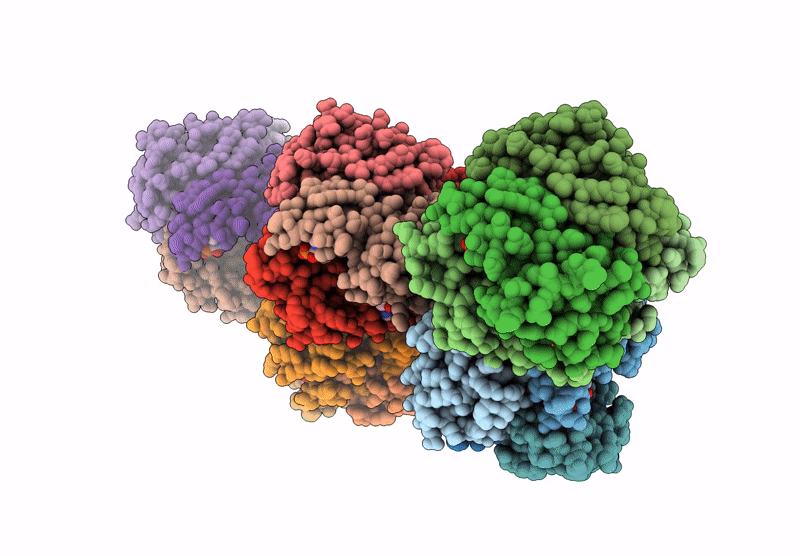
Deposition Date
2024-10-25
Release Date
2025-01-29
Last Version Date
2025-01-29
Entry Detail
PDB ID:
9E4W
Keywords:
Title:
Structure of Bacillus phage SPO1 anti-CBASS 4 (Acb4) in complex with 3'3'-cGAMP
Biological Source:
Source Organism:
Bacillus phage SPO1 (Taxon ID: 2884427)
Host Organism:
Method Details:
Experimental Method:
Resolution:
2.08 Å
R-Value Free:
0.25
R-Value Work:
0.21
R-Value Observed:
0.21
Space Group:
P 1


